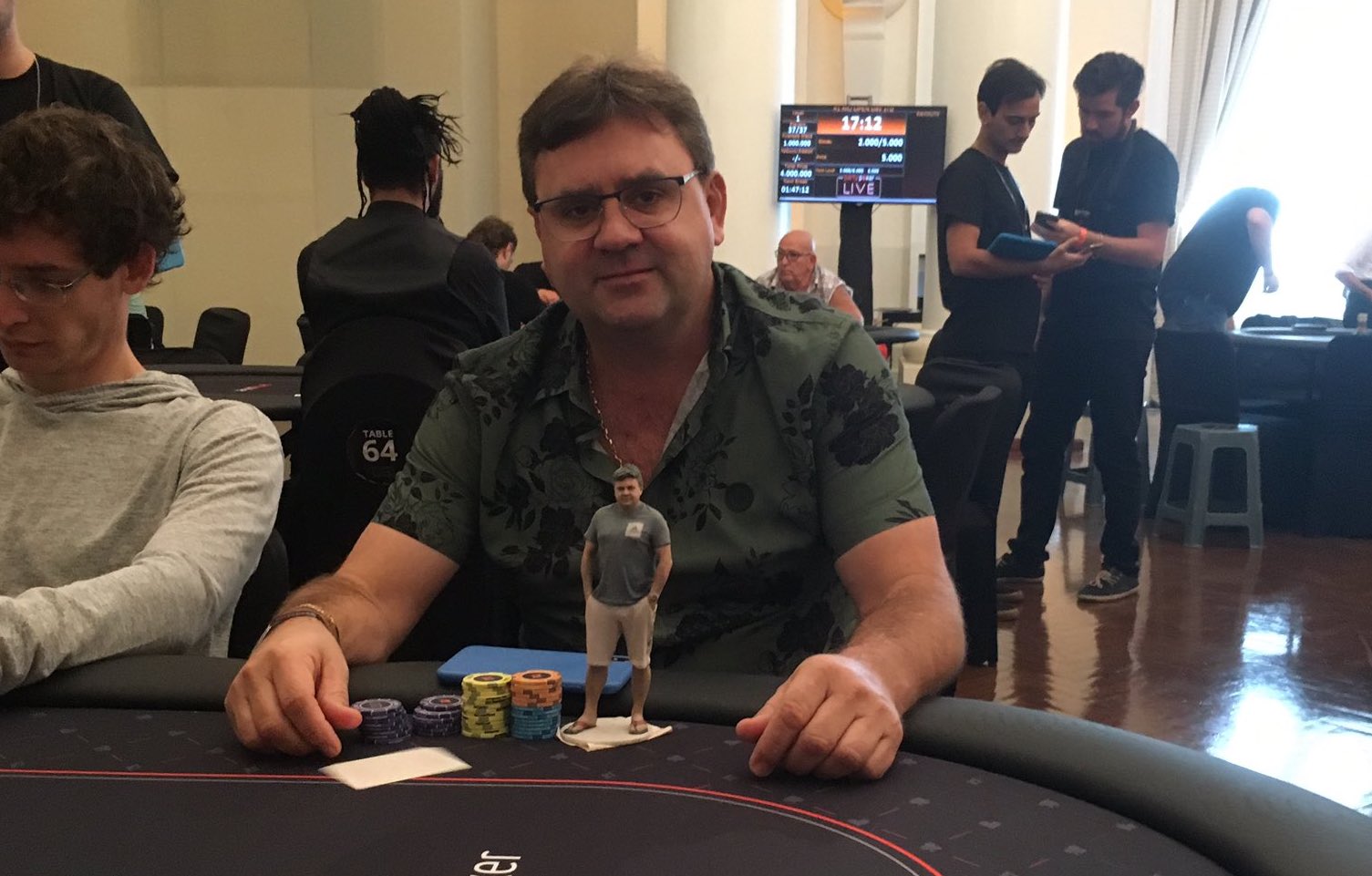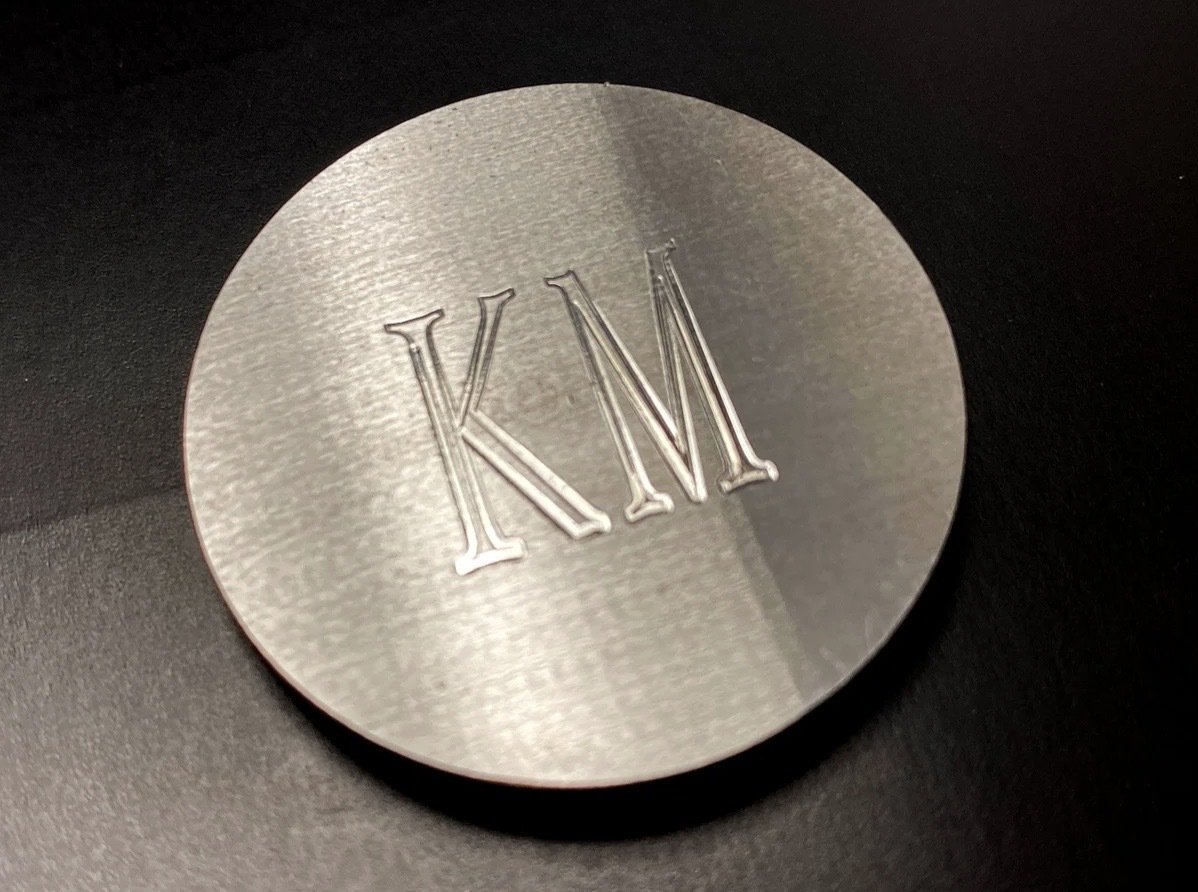Choosing a Poker Card Protector: 7 Unique Ideas to Inspire Your Style at the Table
Poker isn’t just about strategy and skill-your presence at the table is also a chance to showcase your personality. One subtle yet creative way many players express themselves is by selecting a poker card protector. These small items, placed atop your hole cards, can become personal trademarks and conversation starters during live games. If you're entering the live poker scene or simply want to add something memorable to your play, here are seven original card protector ideas-along with some tips and things to consider before making your choice.
Understanding Poker Card Protectors: Function and Symbolism
The primary role of a card protector is practical: it shields your hole cards from being mucked accidentally, ensuring the dealer or other players don't mistake your hand as folded. While many simply rest a hand atop their cards, a better way is to use an object-a card protector.
Yet, for most, it's much more than pragmatic. Card protectors often serve as lucky charms or talismans and reflect a player's beliefs, style, or superstitions. Some believe their chosen item brings luck, while others use it to establish a memorable persona at the tables. While there’s little evidence these charms change your luck, they often spark fun table talk and add a sense of ritual to your routine.
Still, some professionals remain skeptical about their use, arguing card protectors can inadvertently reveal information to observant opponents. We’ll explore this in depth later, but let’s first look at the many styles you can choose from-and what makes each special.
Popular Card Protector Ideas to Personalize Your Game
Poker Chips: The Classic, Versatile Pick
Chances are, most players you're seated with will use poker chips as protectors. It's simply convenient-after all, they're already right in front of you! Typically, players select a chip of the lowest available denomination to sit atop their cards, though some use a special chip from another casino or a favorite past event.
If you go this route, keep consistency in mind. Always use the same chip (and number of chips) to avoid sending unintentional signals about the strength of your hand. Varying your chip-such as grabbing a high-value one for big hands-can tip savvy opponents off to your strategy. To add personality, consider bringing in a distinctive chip that isn’t in play at the casino, as most cardrooms don’t mind this practice.
Personal Mementos and Lucky Charms
Some of the most memorable card protectors come from a player’s own history-like WSOP champ Greg “Fossilman” Raymer, known for using actual fossils at the table.

You might prefer a meaningful coin, a piece of jewelry, or a keepsake from a loved one. Religious tokens are also popular-anything small, unobtrusive, and meaningful to you will do. Just be sure it doesn’t obstruct view of your cards or disrupt the flow of the game. Casinos may object if your charm is too large or could interfere in any way, so keep it compact.
A scroll through poker forums or Reddit threads shows just how creative players can get, with some offering up their favorite lucky objects for inspiration.
Miniature Animal Figurines: Striking and Symbolic
Cute, quirky, or symbolic, animal figurines are a common sight at major tournaments. Some players choose their favorites purely for style, while others hope to channel the spirit of a personal totem or luck animal. Expect to spot tiny pandas, dragons, dinosaurs, and more spanning the table. Remember, as with all protectors, keep your figurine small enough to avoid covering your cards completely.
Cartoon and Pop Culture Characters: Branding Yourself for Fun and Fame
Colorful cartoon characters and pop culture figurines do more than protect your cards-they help forge a unique table persona. If you’re hoping to stand out or even gain a reputation as “the South Park guy” or “the superhero fan,” this route gives you license for creativity.
Being memorable at the poker table has its perks: opponents may be more willing to play pots with you, sometimes less strategically. This little boost in engagement can occasionally work to your advantage. In fact, poker’s big personalities-from Phil Hellmuth to modern Instagram pros-know that cultivating a brand can be a real asset. And if you want to take it a step further, one inventive player even used a miniature model of himself!

Metal Chips: Made for the Task
If you want something that feels substantial and is designed specifically for the role, look for metal poker card protectors. Often larger and heavier than regular chips, these items are available in a range of designs-silver, gold-plated, or even customized. Many enthusiasts shop online for a personalized protector that reflects their interests and identity.

LEGO Figures: Childhood Nostalgia Meets Table Flair
LEGO Minifigures offer a playful option that’s become surprisingly popular at poker tables. The vast variety of figures-from superheroes to movie characters-lets anyone pick an avatar representing their humor, fandom, or personal story. It’s fun and memorable, with limitless options for customization.
Universal Lucky Tokens: Four-Leaf Clovers and More
If you're on the hunt for luck but don’t have a specific keepsake in mind, you can't go wrong with universal symbols of good fortune. Four-leaf clovers, horseshoes, or joker faces are classic picks, each carrying cultural significance as harbingers of luck or skill. In the context of Texas Hold’em, a horseshoe feels right at home-embracing the game's Wild West roots.
Should You Be Using a Card Protector? Points for Consideration
While card protectors are mostly fun and harmless, some professionals caution against relying on them. Jonathan Little, a highly respected poker coach, warns that using a card protector introduces a physical element to your play that others can read for tells.
For instance, you might unconsciously use a different gesture or item based on hand strength-sliding your protector onto the cards every time you have a premium hand but hesitating with weaker ones. Experienced players will notice such patterns and exploit them, so consistency and mindfulness are key if you decide to use a protector.
Some specific risks include:
- Placing the protector only when holding strong cards, revealing strength.
- Using different chips or items based on your hand.
- Giving away subtle cues by how and when you place the protector.
Ultimately, card protectors are a personal decision. If you enjoy the ritual and self-expression, choose something that reflects your story and stay consistent in how you use it. If you are focused on pure strategy and minimizing tells, you may want to forgo them entirely or keep your use deliberately uniform.
Final Thoughts: Express Yourself (But Stay Smart)
Poker is a game of skill, psychology, and (sometimes) superstition. A unique card protector gives you the chance to show off your personality, spark conversation, and perhaps even adopt a trademark lucky charm. From custom metal coins to playful LEGO figures, your options are only limited by your imagination-and the need to keep things practical and within house rules. Just remember: whatever you choose, use it consistently at the table to avoid inadvertently giving away information to sharp-eyed opponents.
Whether you’re hoping for a touch of luck, building your personal brand, or simply want to add a dash of fun to your next game, the right poker card protector can become a small but memorable part of your poker journey.













